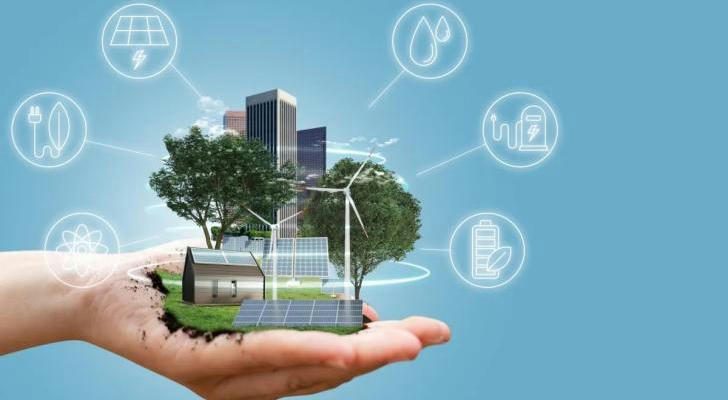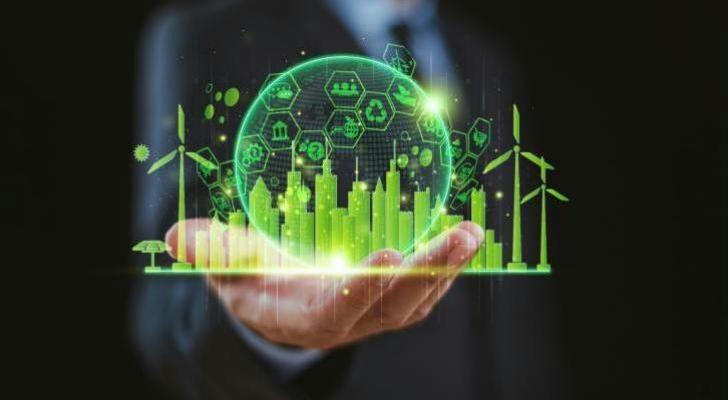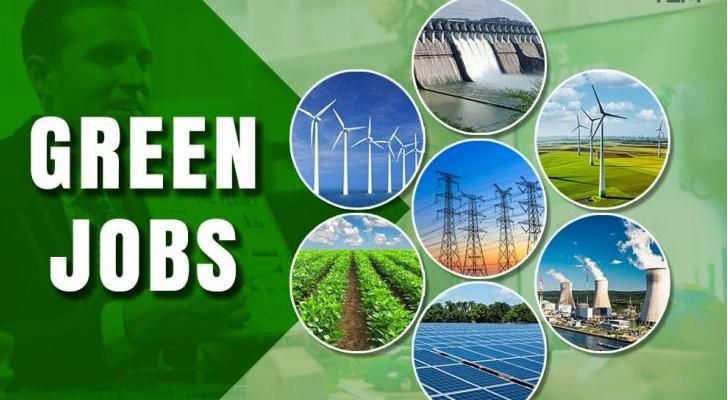Green Revolution: Career Opportunities in Sustainable Development Are Closer Than You Think
In recent years, climate change has made a visible impact across the United States—from wildfires in California to winter storms in Texas. In 2023 alone, the U.S. faced 28 climate-related disasters, each causing over $1 billion in damages—a historic record (Source: NOAA, Billion-Dollar Weather and Climate Disasters 2023). As these challenges grow, so do new opportunities. The push for sustainability is driving the growth of the green economy, creating a wide range of jobs in clean energy, transportation, agriculture, and more. Green careers are no longer limited to scientists or specialists—they’re becoming viable options for workers from all walks of life.

1. Policy Drivers and Structural Components of the Green Economy
In recent years, the U.S. government has significantly increased its support for sustainable industries. The Inflation Reduction Act of 2022 provides nearly $370 billion in funding for clean energy, carbon reduction, and environmental protection projects. This includes direct investment in green manufacturing, renewable energy facilities, and environmental job training (Source: The White House, Briefing Room, August 2022).
Under this policy framework, the green economy now spans several key sectors:
Clean Energy: Development and operation of solar, wind, and hydropower
Green Transportation: Electric vehicles, public transit systems, and battery production
Sustainable Agriculture: Low-carbon agricultural production and distribution
Green Building and Energy Efficiency: Use of energy-saving materials and LEED-certified designs
Recycling and Waste Management: Establishment and promotion of circular economy systems
According to projections from the U.S. Bureau of Labor Statistics (BLS), wind turbine service technicians and solar photovoltaic installers are expected to grow by 45% and 22%, respectively, from 2022 to 2032—well above the national average (Source: U.S. Bureau of Labor Statistics, Occupational Outlook Handbook, 2023).
2. Diverse Pathways to Green Employment
Green careers not only cover a wide range of industries but are also inclusive of varied professional backgrounds. Whether you're a skilled technician or a professional looking to pivot, the green economy offers a pathway.
(1) Technical Roles
Ideal for hands-on workers willing to undergo skills training:
Solar Installer
Wind Turbine Technician
Green HVAC Technician
(2) Engineering and R&D Roles
Best suited for individuals with a background in STEM (Science, Technology, Engineering, Mathematics):
Environmental Engineer
EV Systems Engineer
Sustainable Product Designer
(3) Business and Management Roles
For those with managerial, analytical, or communication skills:
ESG Analyst
Corporate Sustainability Manager
Sustainable Supply Chain Consultant
(4) Entrepreneurship and Freelancing
For individuals with innovative thinking and business acumen:
Eco-product entrepreneur (e.g., reusable packaging companies)
Environmental consultant, trainer, or content creator

3. Social Impact and Personal Value of Green Careers
The appeal of green careers lies not only in their growth potential but also in their integration of career development and environmental responsibility.
Robust Job Growth: In 2023, the U.S. clean energy sector added over 320,000 new jobs across manufacturing, construction, and technology (Source: E2 Clean Jobs America Report 2023)
High Career Flexibility: Green roles span all skill levels, suitable for a range of educational and professional backgrounds
Alignment with Evolving Values: According to Pew Research Center, 67% of young Americans want jobs that have a positive social or environmental impact (Source: Pew Research Center, 2022)
Policy-Backed Stability: As states set carbon neutrality goals, green jobs are expected to continue receiving policy and funding support
4. Practical Pathways into Green Careers
Entering the green job market doesn't require a specialized degree. Through formal education, vocational training, or industry certification, most people can acquire the skills necessary for a green career.
(1) Education and Certification
Community Colleges: Offer certificate programs related to green technologies such as wind energy and solar system maintenance
Online Platforms: Courses from institutions like MIT and Yale are available on platforms like Coursera and edX, covering sustainability topics
Industry Certifications: LEED certification for green building, NABCEP certification for solar installation, among others
(2) Training and Support Programs
U.S. Department of Labor’s Green Jobs Innovation Fund: Provides funding and internships to help workers transition into green careers
Nonprofit Initiatives: Organizations like GRID Alternatives and Green For All offer green skills training for underserved communities
(3) Job Platforms and Resources
Dedicated green job portals such as GreenJobs.net and SustainableCareerPathways.com
Keyword searches on mainstream job boards using terms like “clean energy,” “sustainability,” or “climate jobs”

5. Real-World Green Career Transitions
Case 1: From Traditional Energy to Green Technology
Mark, from West Virginia, spent years working in coal mining. As the coal industry declined, he enrolled in a wind energy technician training program at a local community college. Six months later, he joined a wind energy company as a technician. “I thought I’d be left behind by the times, but I found a new direction in green energy,” he said.
Case 2: A Graduate’s Sustainable Career Choice
Emily majored in marketing at the University of California. After graduation, she joined a startup focused on sustainable packaging. Her projects have helped e-commerce companies reduce plastic usage. “I’m not just dealing with sales data—I’m contributing to social impact,” she noted.
6. Conclusion: Green Careers Are Not a Slogan, but a Roadmap
Green careers are not an idealistic dream—they are a practical career path. In the face of global climate change, the United States is building a new employment ecosystem centered on sustainability. This transformation is not just about reducing emissions or protecting the environment—it’s about economic transition and social equity.
Whether you're a college student, a mid-career professional, or someone simply wanting to make a difference, the green revolution is extending an invitation. The future is closer than you think. The only question is—are you ready?
